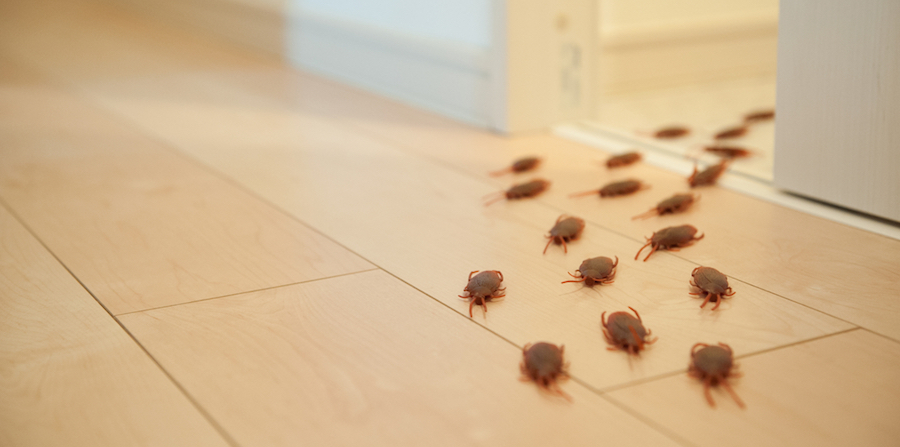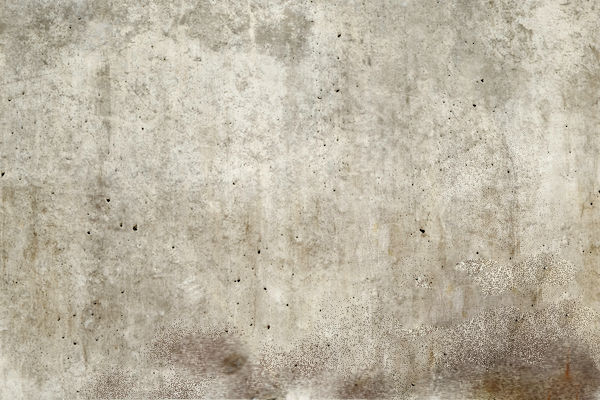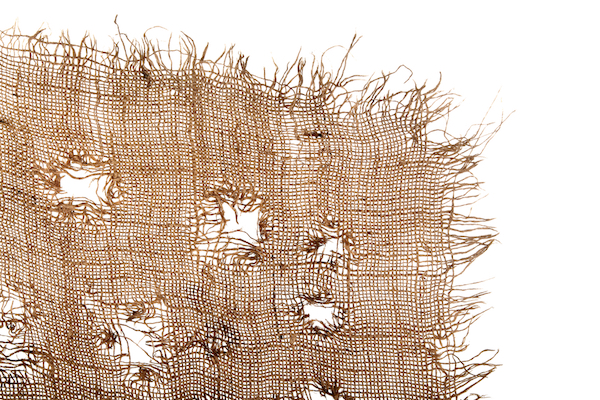All pest infestations are bad. If you have pests, you should get rid of them as quickly and thoroughly as possible. Period. Just because all pest infestations are bad, however, does not mean all pest infestations are equally bad. There are some pests that are inconvenient, while there are others that are… far, far worse. Maybe not “pack your bags and move away” worse, but… close…
These are four of those kinds of infestation. We’re not talking most damaging or most immediately destructive, though there’s some overlap. We’re simply talking about the pests you least want in your home. These are the pests that will keep you up at night–sometimes literally! Give Griffin a call right away if you think you have…
Termites
 There’s one, very clear reason why you never want termites: they’re the most destructive wood pest in the US. Termite colonies eat and bore through wood, creating cavities that compromise wood’s structural integrity. Every year, termites cause billions of dollars of structural damage. Sometimes, termites can inflict wood damage so significant that it can seriously compromise a home’s safety. Unfortunately, termite infestations are common all over Michigan’s lower peninsula, even in cities.
There’s one, very clear reason why you never want termites: they’re the most destructive wood pest in the US. Termite colonies eat and bore through wood, creating cavities that compromise wood’s structural integrity. Every year, termites cause billions of dollars of structural damage. Sometimes, termites can inflict wood damage so significant that it can seriously compromise a home’s safety. Unfortunately, termite infestations are common all over Michigan’s lower peninsula, even in cities.
Termites infest homes by working their way into wood from the outside in. They’ll start by accessing moist, damaged, or low-lying wood. As the colony expands, they’ll chew their way deeper into a home’s structure, damaging it as they go. Termites often access wood by building “mud tubes” between wood and the ground. Look for these mud tubes to find where termites may have accessed your home. Deprive termites easy access to wood as much as possible. Termite-proofing your home will always pay off in the long run!
Wasps
 No common neighborhood pest inspires terror quite like the wasp. It’s not difficult to understand why. Virtually everyone has a wasp sting horror story. The insects are notoriously territorial, aggressive, and unafraid to sting. Wasps are at their most frustrating and dangerous when they build nests near homes. When a wasp nest is right outside your door, it’s all-too-easy to seem threatening to its defenders. Wasps are especially prone to attack people during and after breeding season.
No common neighborhood pest inspires terror quite like the wasp. It’s not difficult to understand why. Virtually everyone has a wasp sting horror story. The insects are notoriously territorial, aggressive, and unafraid to sting. Wasps are at their most frustrating and dangerous when they build nests near homes. When a wasp nest is right outside your door, it’s all-too-easy to seem threatening to its defenders. Wasps are especially prone to attack people during and after breeding season.
Wasps choose where they build their nests for several reasons. First, they look for places where their nest will be safe from threats. They often build into existing shelters or cover, such as eaves, gutters, house corners, or chimneys. Wasps build nests out of wood fiber, which they collect from damaged wood. If there’s easily accessible weathered wood near your home, wasps could use it to build their nests. Finally, wasps like living near other insects, so they always have a good source of food.
Pantry pests
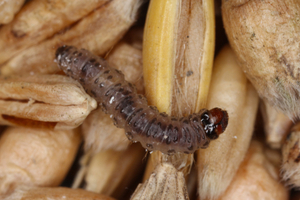 There are several kinds of pest that love to infest pantries. The worst thing about these pests is that, contrary to popular belief, they’re not just eating your food. They’re often also laying eggs in it. Yeah, that’s no good. Moths, beetles, and weevils all lay eggs directly inside stored food products. These offspring are often the pests doing most of the actual eating. In fact, most adult pantry moths can’t eat at all!
There are several kinds of pest that love to infest pantries. The worst thing about these pests is that, contrary to popular belief, they’re not just eating your food. They’re often also laying eggs in it. Yeah, that’s no good. Moths, beetles, and weevils all lay eggs directly inside stored food products. These offspring are often the pests doing most of the actual eating. In fact, most adult pantry moths can’t eat at all!
Pantry pests are attracted to easily accessible food, especially when it’s stored in dark, quiet places. They infest a wide variety of dry products, including bread, cereals, pasta, flour, nuts, dry fruits, and more. Basically, if you keep it in your pantry, they want it. Some pantry pests make their way into your home from outside, but more often, you’ll accidentally bring them in yourself! Pantry pests hide in or latch onto other food containers. When you place those containers in your pantry, you inadvertently give pests access to all your other food.
Bed bugs
 Sure, bed bugs aren’t as damaging or dangerous as any of the other pests on this list. But what if you had to choose one of these four infestations? We’re betting you’d choose any of the aforementioned pests before you subjected yourself to bed bugs. We don’t blame you! Bed bugs are probably the most upsetting common pest infestation in the US. And they are common, too–even here in Michigan.
Sure, bed bugs aren’t as damaging or dangerous as any of the other pests on this list. But what if you had to choose one of these four infestations? We’re betting you’d choose any of the aforementioned pests before you subjected yourself to bed bugs. We don’t blame you! Bed bugs are probably the most upsetting common pest infestation in the US. And they are common, too–even here in Michigan.
Like with pantry pests, most bed bug infestations begin when a homeowner inadvertently brings them inside themselves. Bed bugs infiltrate homes by sneaking in on packages and bags. They hide out in dark, inaccessible areas and wait until night to move. Once they’ve found a more permanent hiding place near a food source (that’s you!), they start reproducing. There are all kinds of ways to keep bed bugs out, but they all come down to diligence. Keep a close eye on what you’re bringing indoors, especially if you’ve been traveling.
Probably the worst thing about pest infestations is what they can do to you. No one wants to feel like they’re uncomfortable or unhappy in their own home. Pest infestations never go away on their own and they never stop being annoying. If you’ve got a pest problem, it’s always worth it to seek help fast.
Luckily, you’ve got help right here. Griffin Pest Solutions is always ready to help you reclaim your home. No matter the severity of your infestation, we have everything it takes to wipe it out completely. Don’t let pests take your home from you; call today!

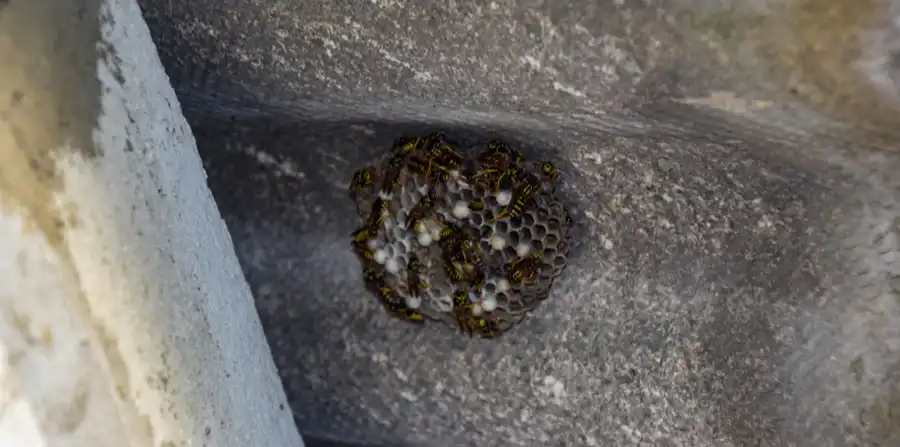
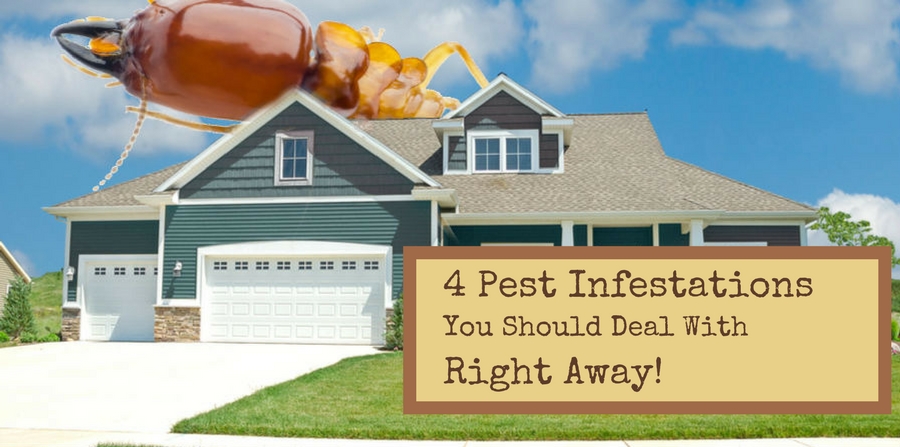
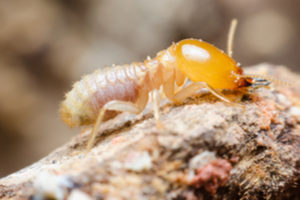 Did you know that termites never sleep? In fact,
Did you know that termites never sleep? In fact, 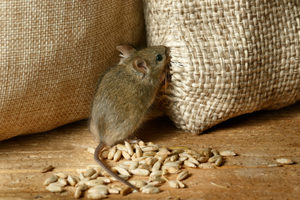 Nobody wants
Nobody wants 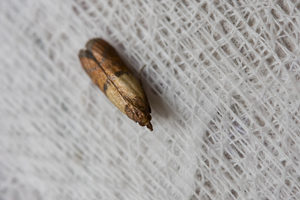 There are two main “categories” of pest moth:
There are two main “categories” of pest moth: 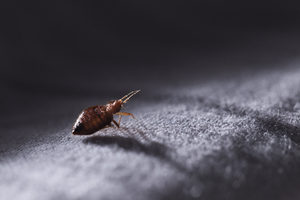 This one seems particularly obvious.
This one seems particularly obvious. 